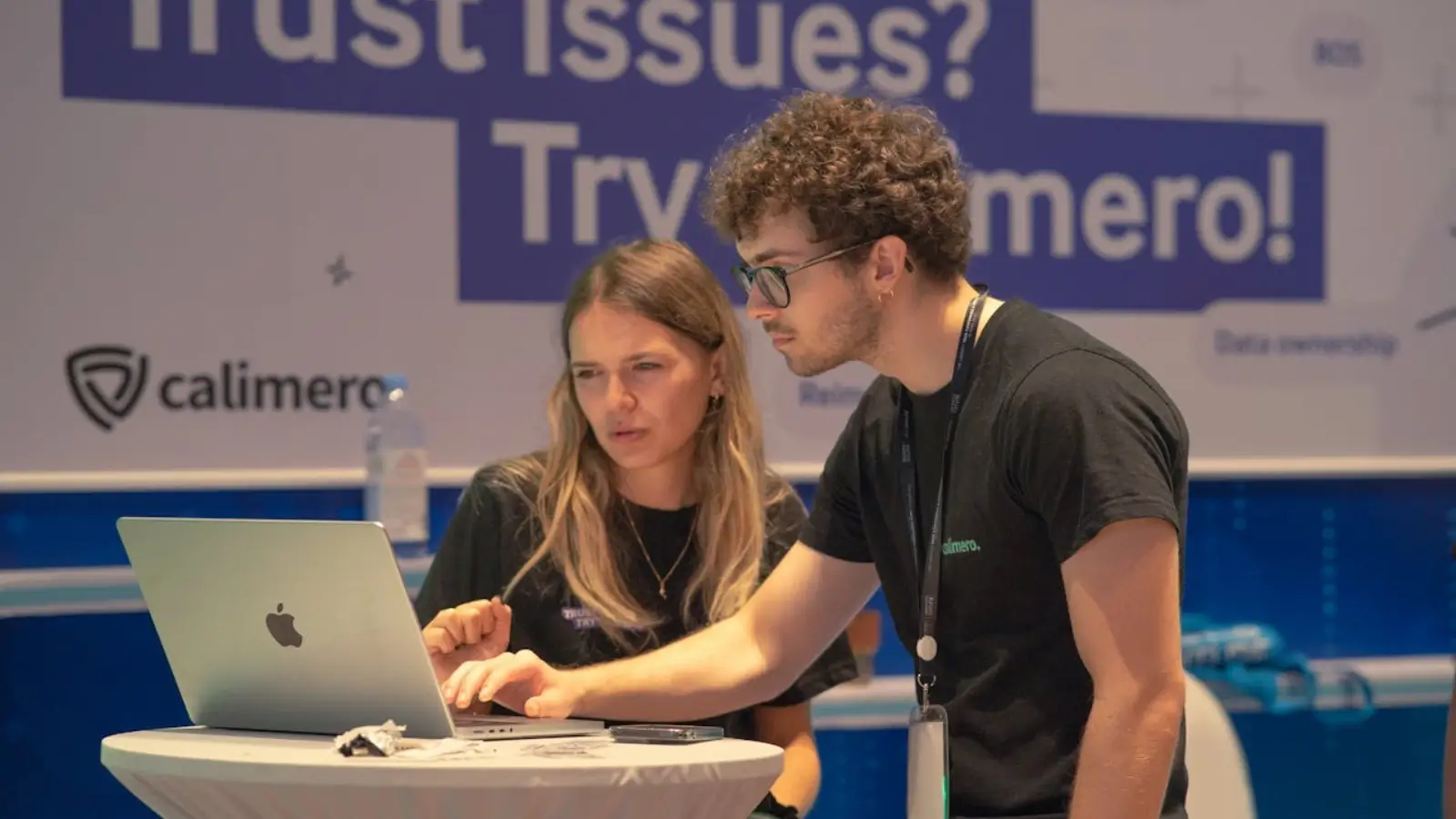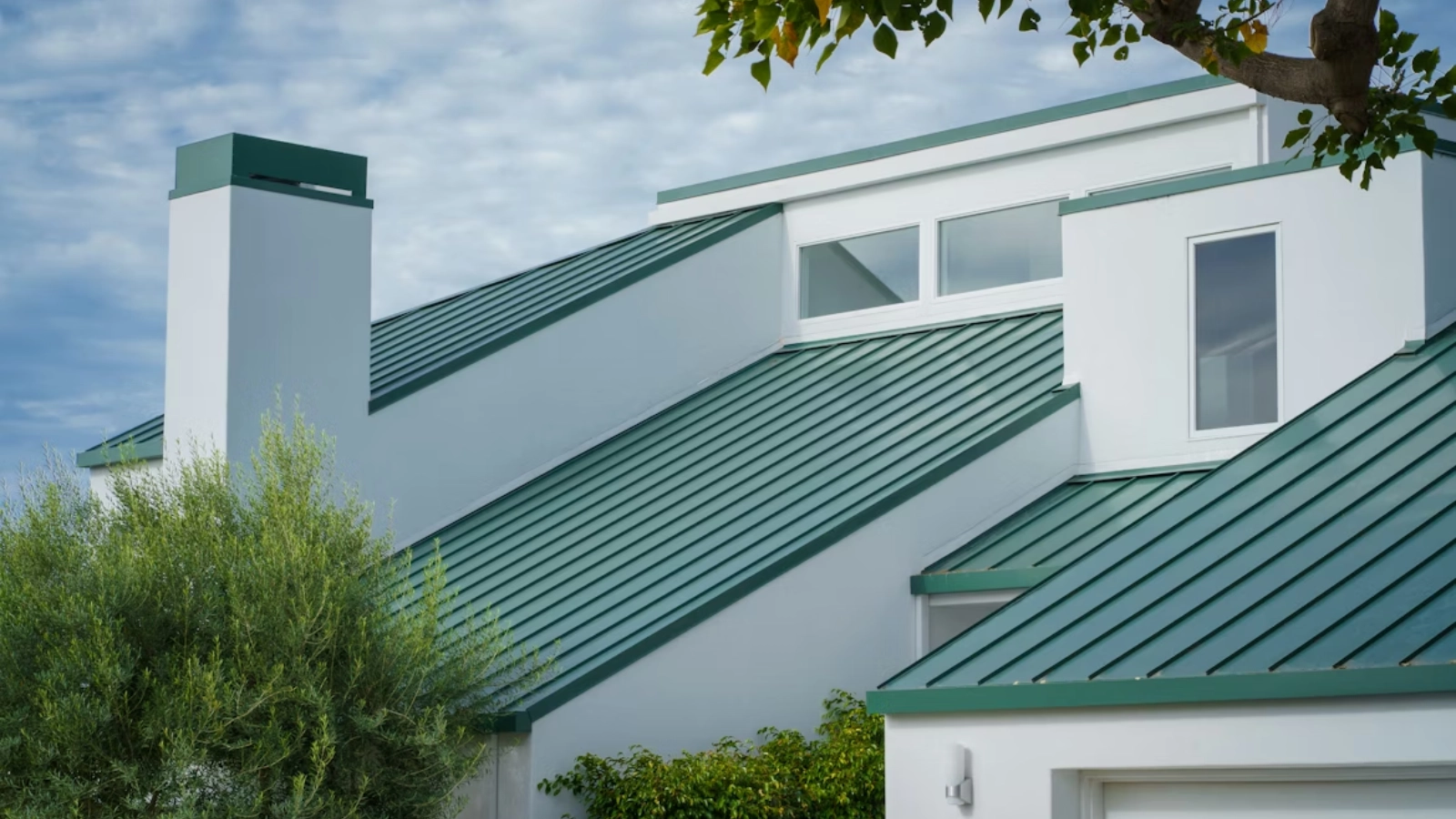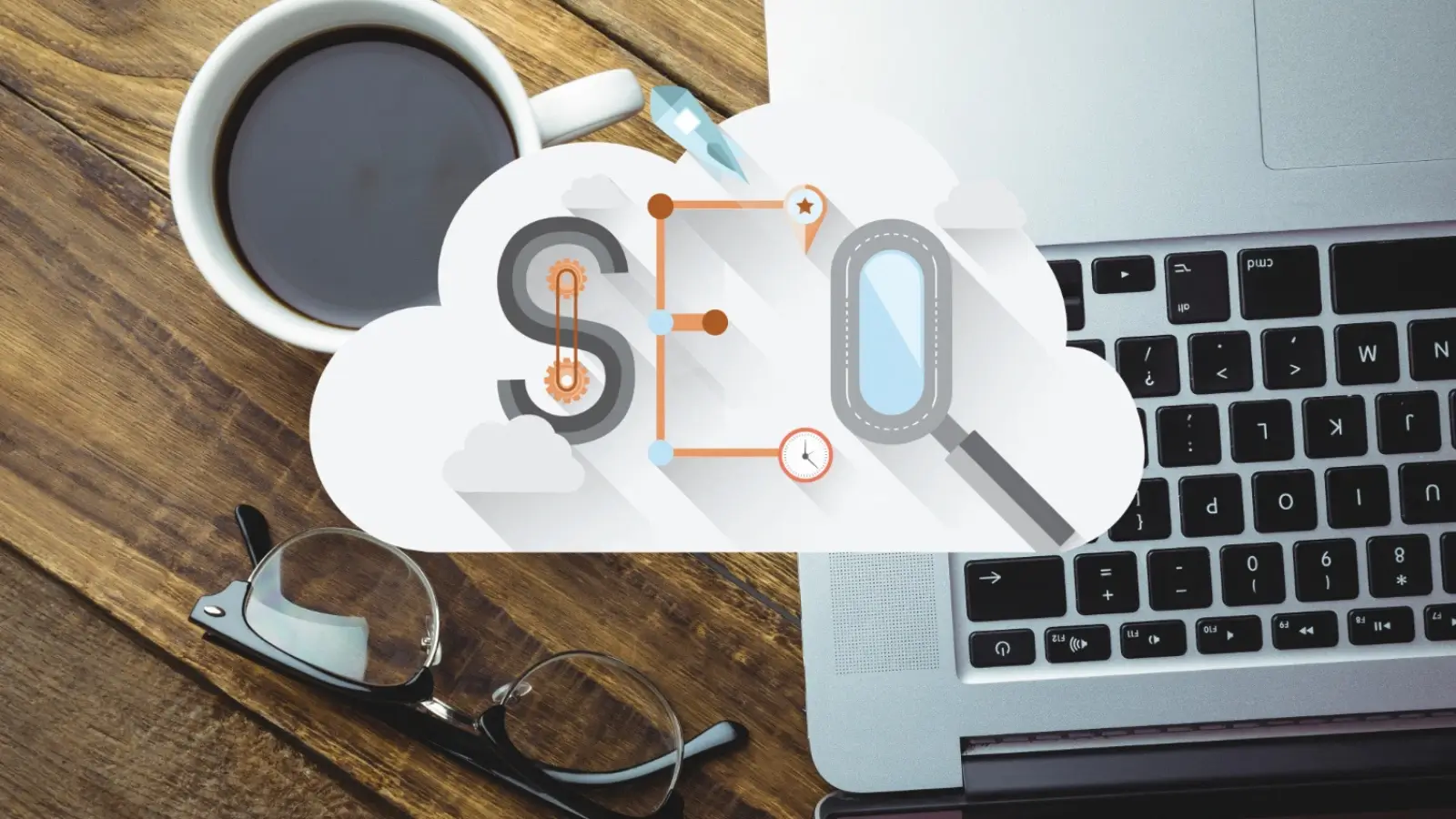Digital channels and social media may dominate today’s marketing budgets, yet a thoughtful offline presence holds a unique place in shaping brand perception.
Flagship retail spaces, eye-catching trade-show booths, and even meticulously crafted product packaging provide real-world touchpoints that create lasting impressions. These cannot be replicated by digital-only campaigns.
Leading brands understand this balance and now blend online storytelling with tangible experiences to create a lasting impression and maintain credibility. Far from being a relic of the past, offline visibility is a time-tested way to build authority and amplify media reach in 2025.
Let us explore how a brand’s offline presence contributes to reach and brand authority.
Physical Brand Assets Build Trust at a Deeper Level
Physical branding conveys a lasting presence that digital promotions seldom achieve. According to Nielsen’s 2023 study, consumers place greater trust in brands when they observe a visible physical footprint. It is taken as solid proof of stability and authentic investment.
Tangible elements strike an emotional chord, rendering brands more human and approachable. When shoppers can view, handle, or walk through a brand’s physical environment, the encounter forges a connection that endures well beyond the moment.
Apple’s polished retail stores and Nike’s immersive in-store settings illustrate the principle: these locations help with widespread media coverage and strengthen credibility. Each flagship store opening routinely attracts global press, generating a halo effect that lifts brand recall across every channel.
Physical assets like these turn casual interactions into lasting trust and set the stage for broader media impact.
Localized Media Presence Enhances Campaigns
Out-of-home advertising, like billboards, bus wraps, and station posters, gives national messages a local heartbeat. Statista reports that Out-Of-Home (OOH) media delivered a 30 percent reach across the United States in 2024. This is around the same figure as the reach of local search engine ads (31 percent).
Consumers are increasingly fatigued by online ads and more receptive to real-world brand encounters. According to Nielsen, 64 percent take action to avoid ads in streaming services and ad-supported video.
If the advertisements blend into their ecosystem, they are more likely to be received better. By anchoring national campaigns in specific zip codes, advertisers create a smooth bridge between street-level visibility and screen-level engagement.
Trade Shows as a Brand Credibility Platform
Industry expos and B2B trade shows remain unrivaled arenas for establishing authority. Decision-makers, journalists, and influencers converge under one roof, giving brands a captive audience. Companies aiming to stand out often commission custom trade show exhibits that articulate their value proposition instead of relying on generic booth rentals.
The customer is spoiled for choice due to competition, making it essential that the brand stands out. Classic Exhibits points out that these tailored environments help firms express identity with precision and visual impact. A thoughtfully designed, customized booth can help lift foot traffic and create brand awareness.
Beyond foot traffic, trade shows attract cameras and capital. At CES 2024, for instance, startups with distinctive booths earned coverage in TechCrunch and Forbes, amplifying reach far beyond the show floor.
These moments position brands as thought leaders and generate ripple effects across digital channels, setting the stage for offline events to ignite online momentum.
Offline Brand Events Spark Online Conversations
Live gatherings do not conclude when the last guest exits. They continue on screens across the globe. As Forbes notes, brands with offline visibility enjoy higher customer retention than their digital-only rivals.
The ripple effect is immediate: attendee selfies, journalist threads, and influencer stories flood timelines, extending the event’s shelf life far beyond the venue walls. As an example, Adidas illustrated this perfectly during its 2023 New York sneaker launch and drove a surge in branded search queries.
Media professionals amplify the momentum. Reporters and creators attending branded moments post real-time updates, pushing stories to audiences who never set foot inside the event. When moments feel genuine and shareable, brands convert offline energy into a sustained online buzz.
Multi-Dimensional Branding Needs an Offline Pillar
A brand gains substance when its presence stretches beyond pixels. Stores, pop-ups, and street-level ads layer texture and memory that digital campaigns cannot manufacture. Physical experiences anchor trust and loyalty, creating touchstones that customers recall long after the screen is dark.
Traditional PR and experiential tactics also widen earned media reach. Store openings, trade-show debuts, and billboard unveilings capture headlines and social shares among audiences that digital campaigns seldom touch.
When businesses treat offline moments not as nostalgia but as a deliberate growth pillar, they complement online initiatives and forge a cohesive identity that resonates across every channel.
















